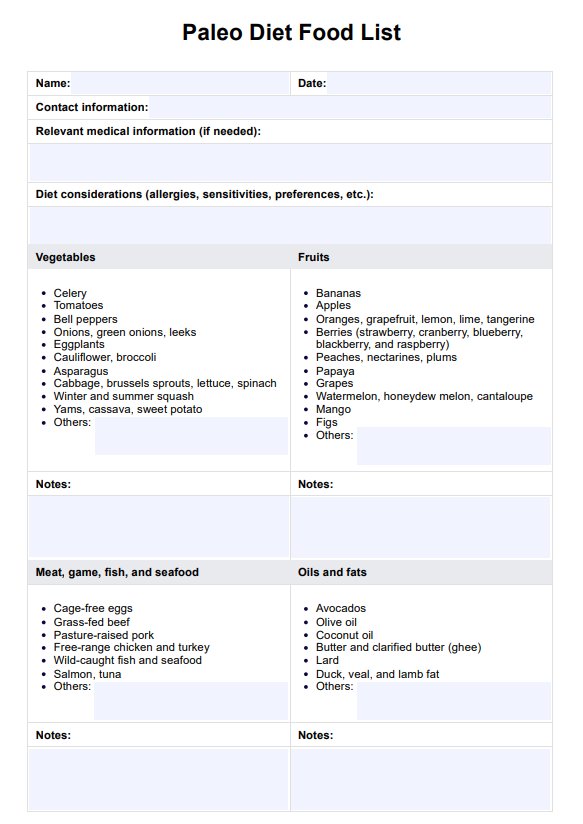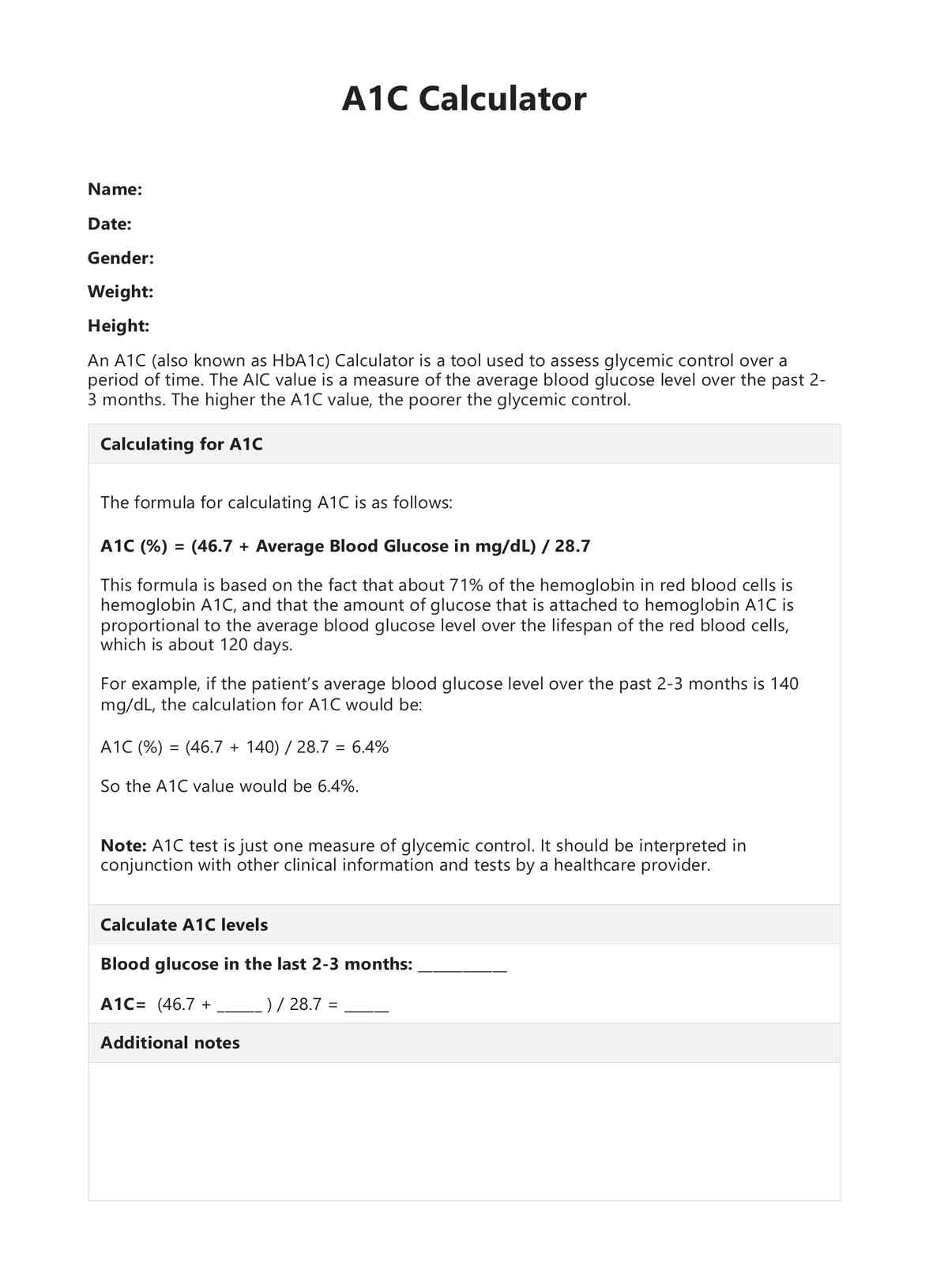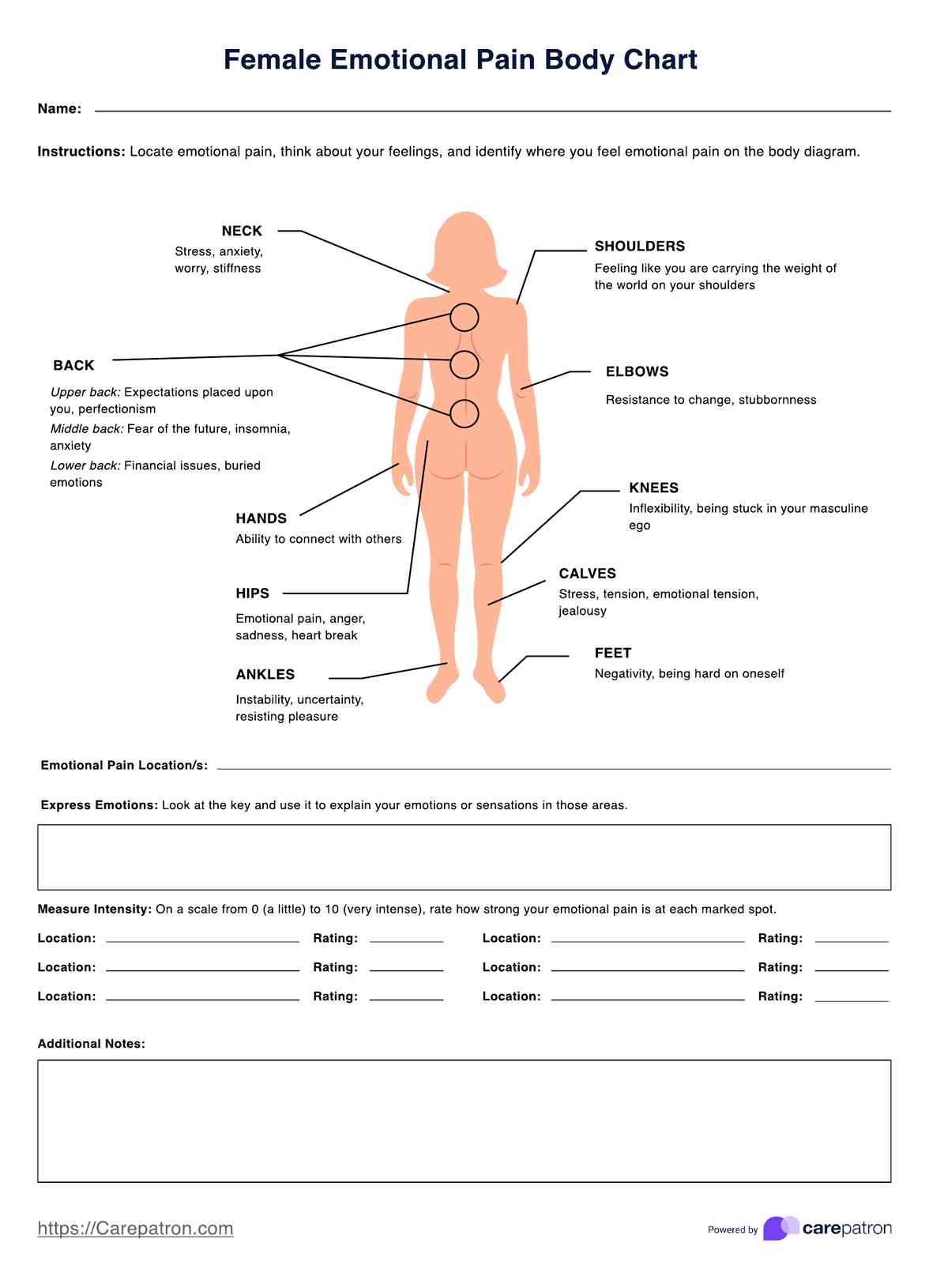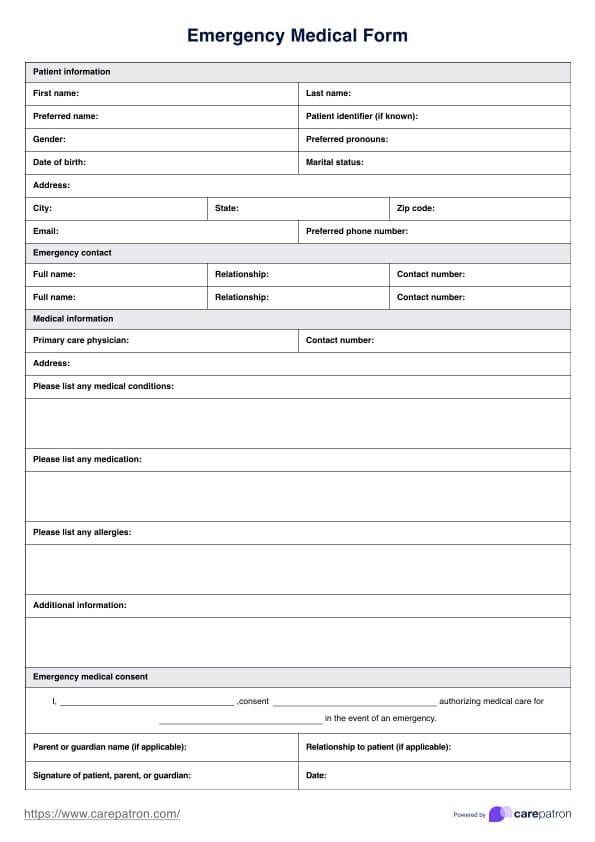Health Triangle Worksheets
Enhance client's overall well-being with Health Triangle Worksheets, designed to support physical, mental, and social health development.


What is a health triangle?
The health triangle is a model representing the three key aspects of personal well-being: physical, mental/emotional, and social health. It's based on the idea that these three components are interconnected and equally important for overall health, creating a personal health triangle or wellness triangle.
Physical health deals with the body's functionality and fitness, mental health covers emotional and psychological well-being, and social health involves forming satisfying interpersonal relationships. The concept highlights the importance of balancing physical, mental, and social health to maintain optimal health and wellness and foster a healthy lifestyle. When all areas are attended to, one can achieve a balanced health triangle.
Beliefs that inform this concept
Several core beliefs inform the health triangle:
- Holistic health: This idea is adapted from the World Health Organization (WHO), which suggests that health encompasses physical, mental, and social well-being, not just the absence of disease.
- Interconnectedness: Each aspect of health affects the others. For example, poor physical health can impact mental health and vice versa.
- Balance: Achieving and maintaining a balance among the three areas is essential for overall health.
- Personal responsibility: Individuals have a significant role in managing their health across all three areas by making healthy choices.
- Influence of external factors: External factors, such as environment and social relationships, can significantly impact all areas of health.
These beliefs emphasize the need for a comprehensive approach to health that considers all aspects of a person's life.
Health Triangle Worksheets Template
Health Triangle Worksheets Example
Why and when would you use this concept?
Healthcare professionals use the health triangle concept for several reasons:
- Comprehensive assessment: To get a complete picture of a patient's health by considering their physical, mental, and social well-being.
- Personalized care planning: To develop care plans that address all aspects of a patient's health, not just physical symptoms.
- Health promotion: To educate patients about balancing all three health aspects for better overall well-being.
- Early intervention: To identify and address potential health issues in one area that could affect others, thereby preventing more serious problems.
- Holistic treatment approaches: Integrating treatments that consider the patient's well-being, including social and emotional factors, alongside physical health.
- Treat mental illnesses: A comprehensive approach to mental health addresses mental health issues by considering physical, mental, and social well-being, enabling balanced treatment and early intervention.
Three sides of the health triangle
The health triangle concept highlights the interconnectedness of social, mental, and physical well-being, asserting that a balanced life requires attention to all three aspects. Below are the specific characteristics and importance of the three sides of the health triangle:
Social
The social side focuses on an individual's relationships and interactions with others. It encompasses forming and maintaining satisfying and healthy relationships, communicating effectively, and contributing to the community. Good social health involves feeling connected, supported, and understood by others, including family, friends, coworkers, and broader social networks. Key aspects include:
- Developing empathy and understanding towards others.
- Building strong, supportive relationships that provide emotional support and companionship.
- Participating in group activities and community events can create a sense of belonging and purpose.
- Managing conflicts healthily through effective communication and problem-solving skills.
Mental
The mental (or emotional) side pertains to psychological well-being. It includes an individual's emotions, thoughts, and behaviors. Mental health is about how people think, feel, and behave as they cope with life's stresses. It involves:
- The ability to process and express emotions in healthy ways.
- Developing resilience and coping mechanisms to handle stress, adversity, and change.
- Maintaining a positive outlook and a sense of self-esteem and self-worth.
- Integrating wellness practices such as mindfulness, meditation, and yoga into lifestyle.
- Recognizing when to seek help for mental health challenges and knowing how to access support.
Physical
The physical side refers to the condition of the body. It involves maintaining a healthy body through regular physical activity, a healthy diet, adequate sleep, and avoiding harmful habits like smoking or excessive drinking. Physical health is essential because it can significantly affect how you feel emotionally and interact socially. Key components include:
- Incorporating physical movement into everyday life can improve cardiovascular health, strength, flexibility, and endurance.
- A balanced diet of essential nutrients supports all body functions and strengthens the immune system.
- Adequate rest and recovery, including maintaining good sleeping habits, are vital for physical and mental health.
- Preventive healthcare practices, such as regular check-ups, vaccinations, and screenings, identify and address potential health issues early.
How does this health triangle assessment worksheet work?
Health Triangle Worksheets are designed as practical resources to aid individuals in comprehensively evaluating their well-being, emphasizing health's physical, mental, and social dimensions.
By guiding users through self-assessment and reflection, these worksheets facilitate a deeper understanding of one's health habits and promote proactive steps toward achieving a balanced lifestyle. Incorporating this in your sessions is quite simple. Just follow these steps:
Step 1: Download the template
Click the "Use template" button in the Carepatron app to open the template. This lets you customize the form according to your clinic's specifications. You can also download a PDF version by choosing "Download."
Step 2: Assess each area
Guide your client to evaluate their physical, mental, and social health by answering the prompts in the worksheet. Encourage them to be honest and specific in their responses, which will help reveal meaningful insights. If needed, clarify any terms or provide examples to ensure a thorough assessment.
Step 3: Discuss and set goals
Review their responses together and identify patterns, strengths, and imbalances. Discuss how each area affects the others and explore possible changes or improvements. Use this reflection to set realistic, actionable health goals aligning with their well-being.
Step 4: Store and update the worksheet
Advise your client to keep the worksheet where they can easily access it. Encourage them to update it regularly to track progress and adjust goals. Revisiting the worksheet over time helps reinforce positive habits and maintain a balanced approach to health.
Benefits of using this worksheet
Using our Health Triangle Worksheet with a specific focus on the social aspect provides significant benefits for individuals looking to deepen their understanding and improve their social health. This reflective tool promotes a proactive approach to enhancing social well-being, offering the following advantages:
- Enhanced self-awareness: It encourages individuals to critically assess their social interactions, support systems, and sense of belonging, leading to a better understanding of their social needs and areas for improvement.
- Improved communication skills: By identifying specific communication strengths and weaknesses, users can focus on developing more effective ways to express themselves and understand others.
- Strengthened relationships: The worksheet helps pinpoint areas where relationships can be deepened or improved, fostering more meaningful connections.
- Greater community engagement: Reflecting on one's role and involvement in the community can motivate individuals to seek out new opportunities for engagement, enhancing their sense of belonging and contribution.
- Proactive conflict resolution: Understanding one's typical responses to conflict can lead to the development of healthier strategies for resolution, reducing stress, and improving relational dynamics.
These advantages highlight the worksheet's role as a comprehensive guide for individuals aiming to cultivate a richer, more satisfying social life.
Commonly asked questions
Yes, families can work on the worksheets together to enhance overall family health and communication.
Many health professionals recommend these as a self-awareness tool and complement therapy or counseling.
The worksheets are designed for a wide age range, but young users should have guidance from adults or professionals.


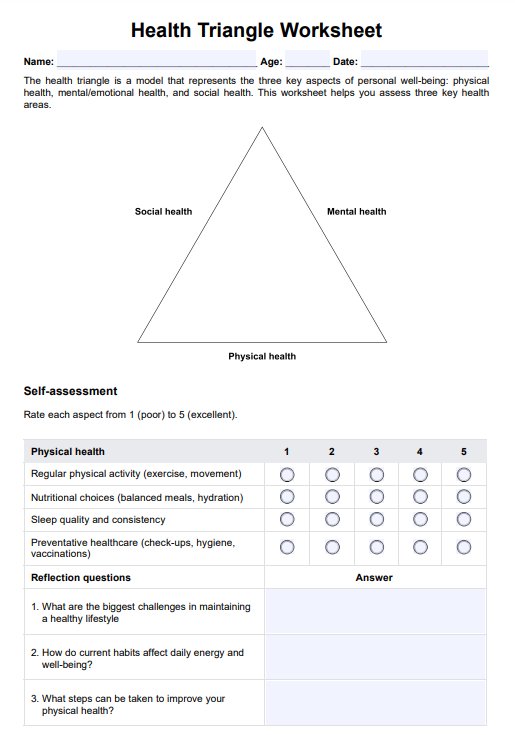
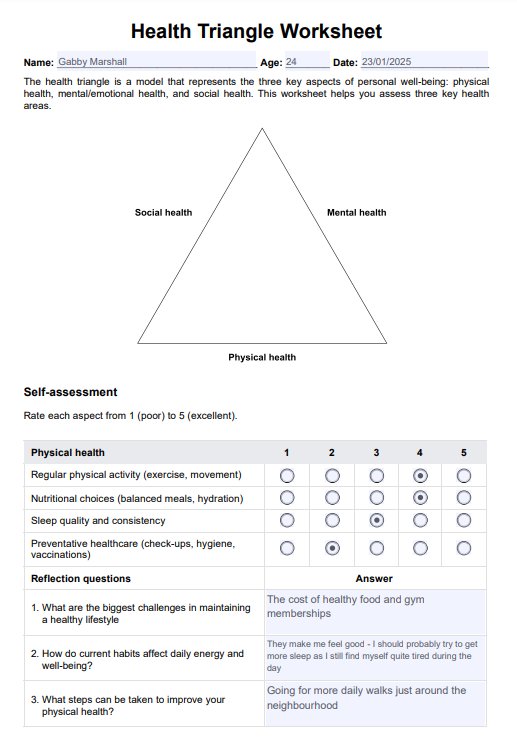

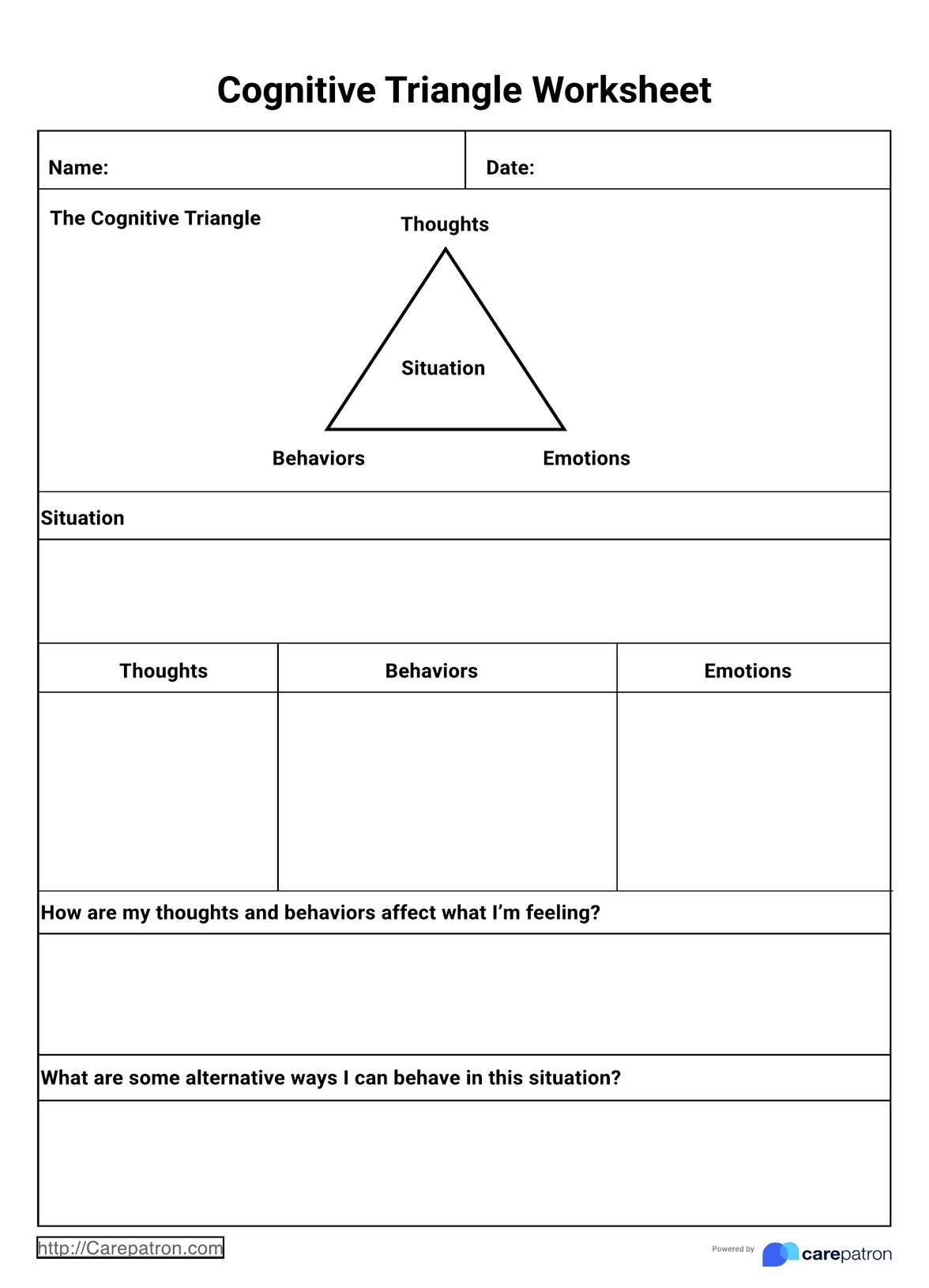

















-template.jpg)
























































































